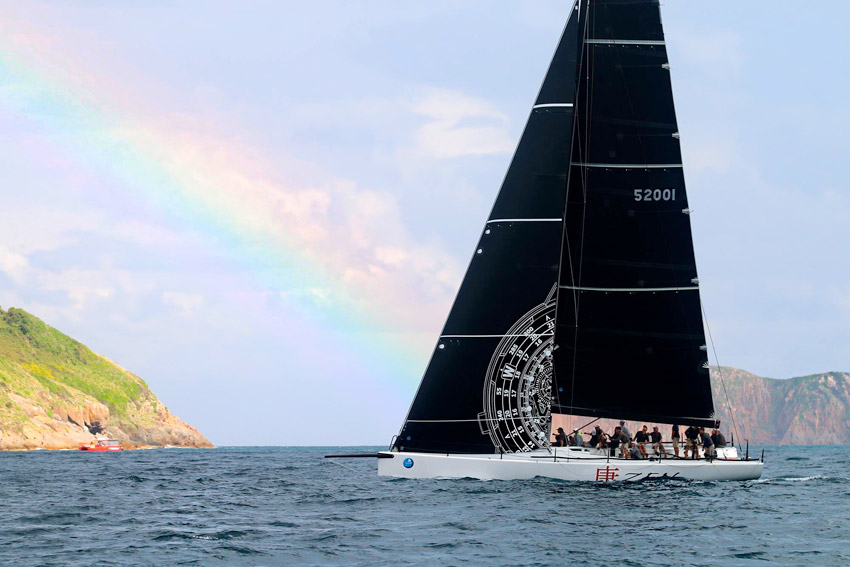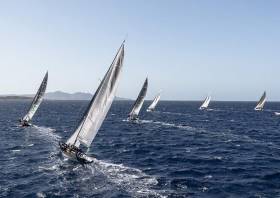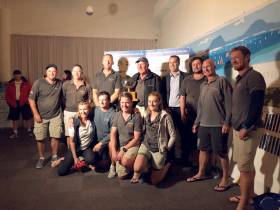Displaying items by tag: Farr 40
Royal Irish Yacht Club Acquires Its Own Farr-Designed One Tonner
The Royal Irish Yacht Club has acquired a Farr-designed one-tonner for sail training and members’ use.
The club has credited the acquisition to the generosity of club member George Sisk, whose own Farr 42 WOW! has made an impact in Irish yacht racing for over 10 years.
The club says the high performance one-tonner, designed for both short course racing and offshore, “will greatly enhance [its] sail training offering for both novice and more experienced sailors”.
And it will also be available for charter by club members participating in club racing and offshore events.
Rear Commodore (Sailing) Jerry Dowling and RIYC member Tim Kane will give a talk about the club’s new acquisition and plans for 2020 on Thursday 14 November.
The talk from 7pm is free to members and their guests, followed by supper at €30 per head. All are welcome. See the RIYC website for booking or email catering for details.
This article was updated to correct that the yacht in question is not a Farr 40 as previously stated but a 40ft one-tonner designed by Bruce Farr.
West Cork’s Mia Connolly In Full Sail With TP52 Crew Just Months After Move Down Under
A young Irish sailor is making her mark Down Under after swapping the shores of Skibbereen for the bright lights of Sydney.
Self-described “home bird” Mia Connolly had only spent a week outside of Ireland before upping sticks for Australia six months ago.
But she’s since put her years of experience as a pitman and trimmer — both in student yachting and later on such vessels as the J92 Jostler and Royal Irish Quarter-Tonners Cri Cri and Enigma — into a new challenge, crewing Gordon Ketelbey’s TP52, Zen.
Mia set off from Ireland last November with the dream of “that Sydney Harbour dream life”, including witnessing the Sydney to Hobart Race with her own eyes.
 Gordon Ketelbey’s TP52, Zen
Gordon Ketelbey’s TP52, Zen
Yet within just a few short months she’s become a big race winner herself, assisting with the bow as part of the crew that took the IRC Division 1 title in the 2019 Garmin NSW IRC Championship last week.
That result in the Sail Port Stephens regatta came after victory in the Sydney Harbour Regatta State Championships, on the same waters she’d dreamed of watching others race this time year ago.
Mia also crews Ketelbey’s Farr 40, also named Zen, which just took part in its class national and state championships.
Such achievements don’t seem so surprising from someone who grew up in a leisurely sailing family, where roundings of Fastnet Rock were a regular feature of her childhood and Cape Clear Island “felt like a second home”.
Mia tells Afloat.ie: “It is now coming up to my six months here in Sydney and my journey in getting this far has no doubt been a challenge, but I guess dedication has no limits and I’m looking forward to seeing how the future unfolds.”






























































